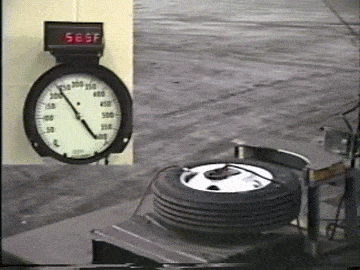A Linear Actuator is different from electric motor because it applies force in a linear way instead of rotationally. The linear motion can be achieved in different ways and a linear actuator is one of the devices that can covert rotational motion to linear motion.
Mechanical type
A mechanical actuator converts the rotary motion to linear displacement through screws/gears to which a knob is attached. One of the renowned examples of mechanical actuator is a jackscrew or car jack. Mechanical actuator is used in lasers and optics for manipulating the position of mirror mounts, linear stages and many more positioning instruments.
Hydraulic type
A hydraulic actuator or cylinder has a hollow cylinder with a piston inside it. Controlled linear displacement of the piston is achieved by pressurizing/de-pressurizing two sides of the piston. Hydraulic car jack is the most common example of a manually operated hydraulic actuator.
Electro-mechanical type
A linear electromechanical actuator is a in which a nut is the main part of the motor. The lead screw of the actuator doesn’t rotate and the lead nut is rotated by the motor. It is similar to mechanical actuator but an electric motor is used instead of a control knob or handle.
The modern linear actuators come in different designs and every manufacture has their own proprietary methods of making actuators.
Principles of Linear Motion Actuators
The basic operation principle of linear motion actuators is an inclined plane. The lead screw has threads, which act as ramp and allow small rotational force that can be used over long distance for achieving the movement of large load within a shorter distance.
Variations in Linear Motion Actuators
There are different variations in the basic design of linear actuators. Most of the devices have general improvements like higher speed, efficiency or load capacity. Nowadays, manufacturers are also focusing more on reducing the size of these actuators. There is variety of actuators available in market, which fits specific industrial needs of buyers.
What make linear motion actuators better in comparison to other motors are their faster speed, higher accuracy and greater acceleration. These are used for gantry axes, general purpose position, gantry axes and assembly machines. Linear actuators are specially meant to be used in adverse conditions and act as replacement against other hazardous actuators for performing the job.
Other than linear actuators, DC actuators are also used for performing similar applications. These run smoothly and don’t produce much noise. Many DC actuators available in the market are water proof. Buyers can opt for standard as well as customized range of actuators depending on their need and budget.

